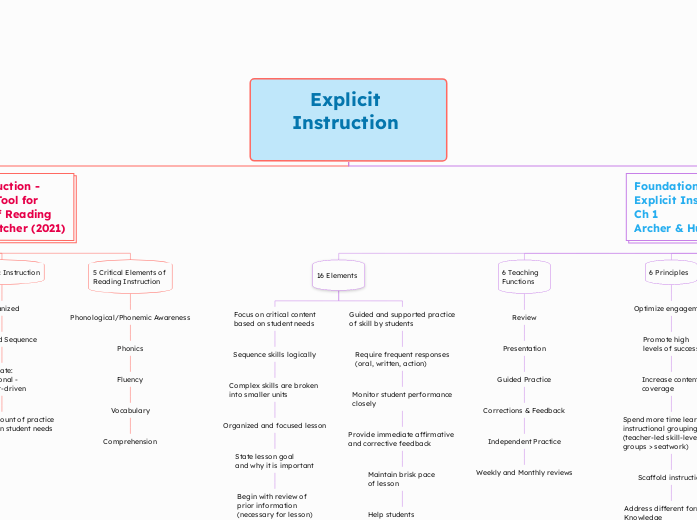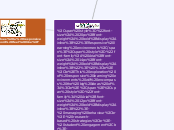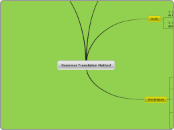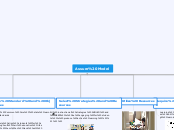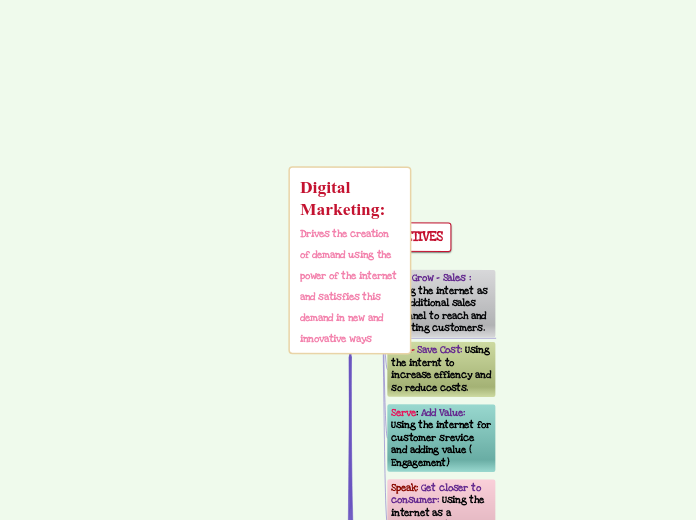Explicit Instruction
Foundations of
Explicit Instruction
Ch 1
Archer & Hughes (2011)
Explicit Instruction Exemplar
Lesson Components
displayed on poster
in classroom
(Mr. Davidson)
Complete 5 items as daily warm-up activity
Review any additional
pre-requisites for skill/
strategy to be taught
Establish the goal and
relevance of today's lesson
Model new skill/strategy
Provide guided practice
with new skill/strategy
Introduce independent practice
with the skill/strategy
Provide small-group instruction
to struggling students as needed
Review the focus skill at the end
of the period and assign homework
Supporting Research
A structured, explicit, scaffolded
approach to instruction has a positive
impact on student achievement
Brophy & Good, 1986
Gage & Needles, 1989
Rosenshine & Stevens, 1986
Swanson & Hoskyn, 1998
Swanson, 1999, 2001
Kroesbergen & Van Luit, 2003
Vaughn, Gersten & Chard, 2000
6 Principles
Optimize engagement
Promote high
levels of success
Increase content
coverage
Spend more time learning in
instructional grouping
(teacher-led skill-level
groups > seatwork)
Scaffold instruction
Address different forms of
Knowledge
Conditional
(when/when not)
Procedural
(how)
Declarative
(what)
6 Teaching
Functions
Review
Presentation
Guided Practice
Corrections & Feedback
Independent Practice
Weekly and Monthly reviews
16 Elements
Guided and supported practice
of skill by students
Require frequent responses
(oral, written, action)
Monitor student performance
closely
Provide immediate affirmative
and corrective feedback
Maintain brisk pace
of lesson
Help students
organize knowledge
Provide distributed
(multiple opportunities
over time) and
cumulative (previous
and new skill) practice
Focus on critical content
based on student needs
Sequence skills logically
Complex skills are broken
into smaller units
Organized and focused lesson
State lesson goal
and why it is important
Begin with review of
prior information
(necessary for lesson)
Step-by-step demonstration
(model of the skill)
Clear and concise language
(dependent on student's receptive
vocabulary)
Adequate range of examples
and non-examples
Explicit Instruction -
An Essential Tool for
the Science of Reading
Vaughn & Fletcher (2021)
5 Critical Elements of
Reading Instruction
Phonological/Phonemic Awareness
Phonics
Fluency
Vocabulary
Comprehension
Systematic Instruction
Organized
Scope and Sequence
Deliberate:
Intentional -
teacher-driven
Pacing and amount of practice
varies based on student needs
5 Essential Components
Explicit Instruction
Segmenting complex skills into
manageable tasks
Using Modeling or Think-Alouds
Using prompts and fading supports
to promote engagement
Providing feedback
Creating purposeful practice opportunities
